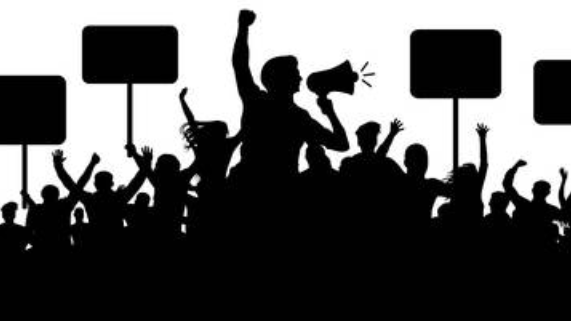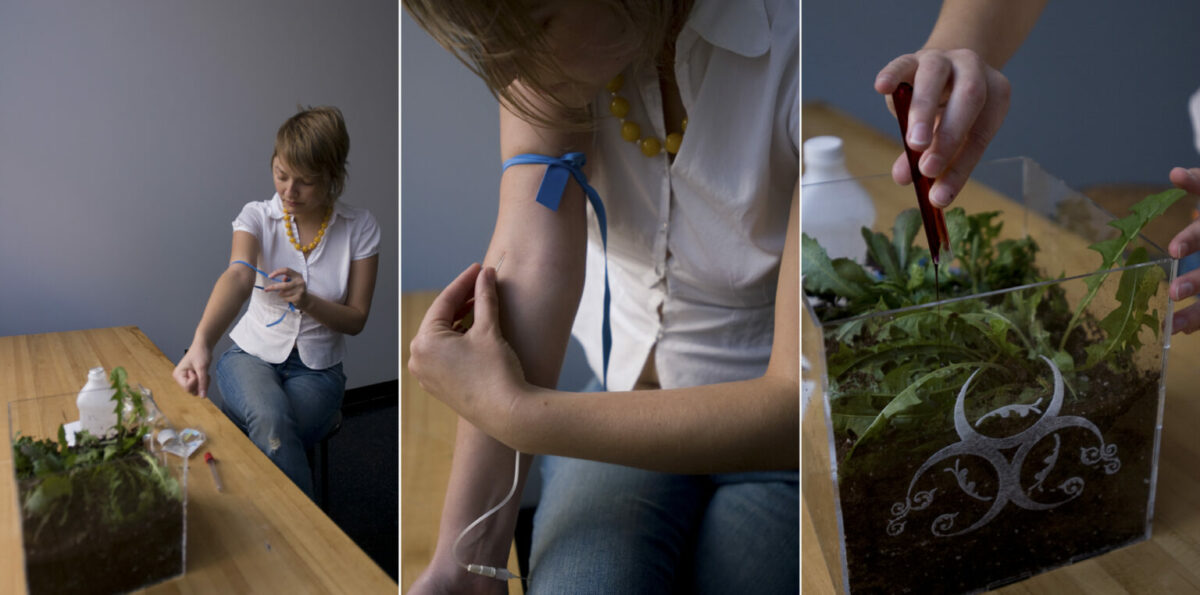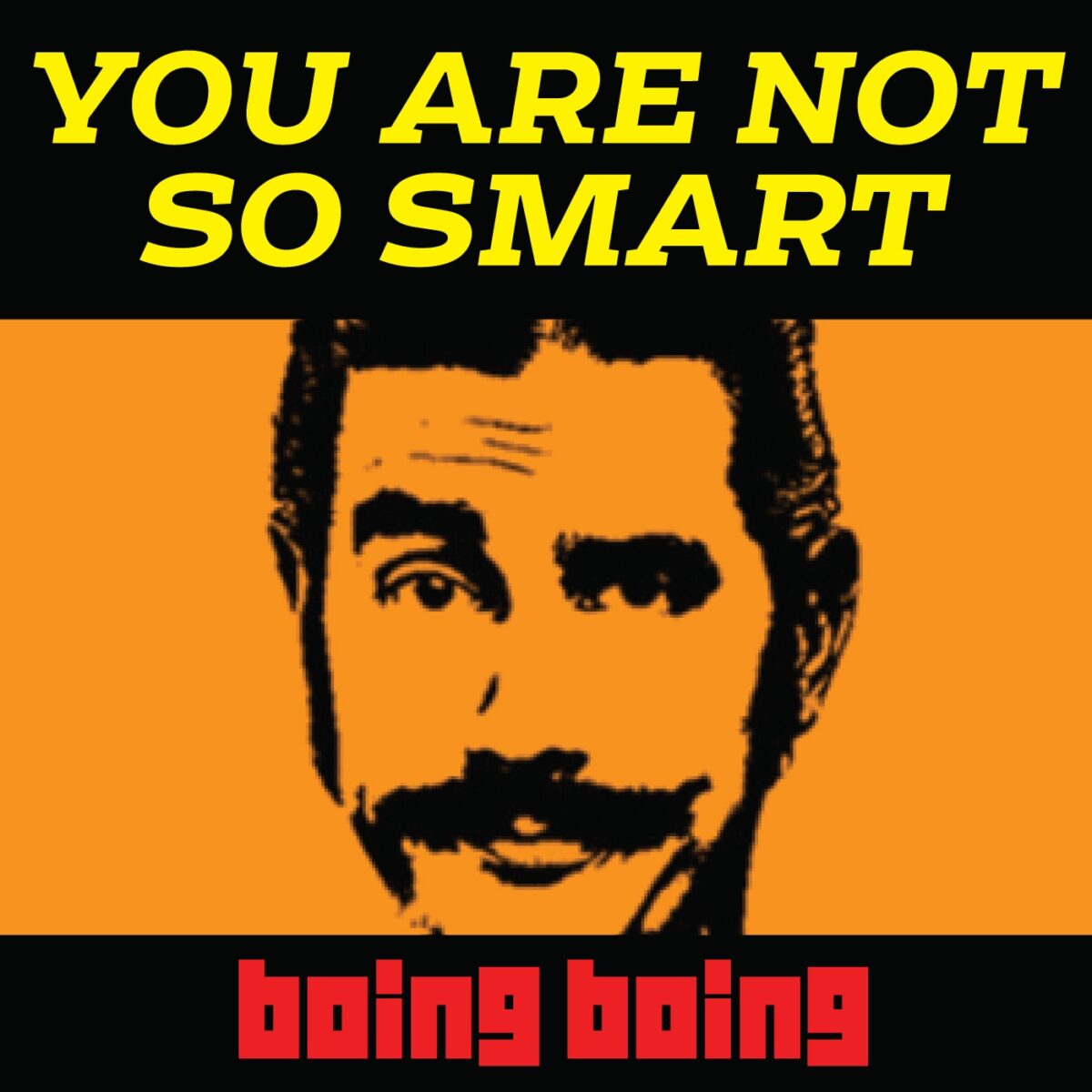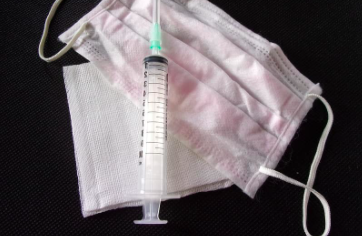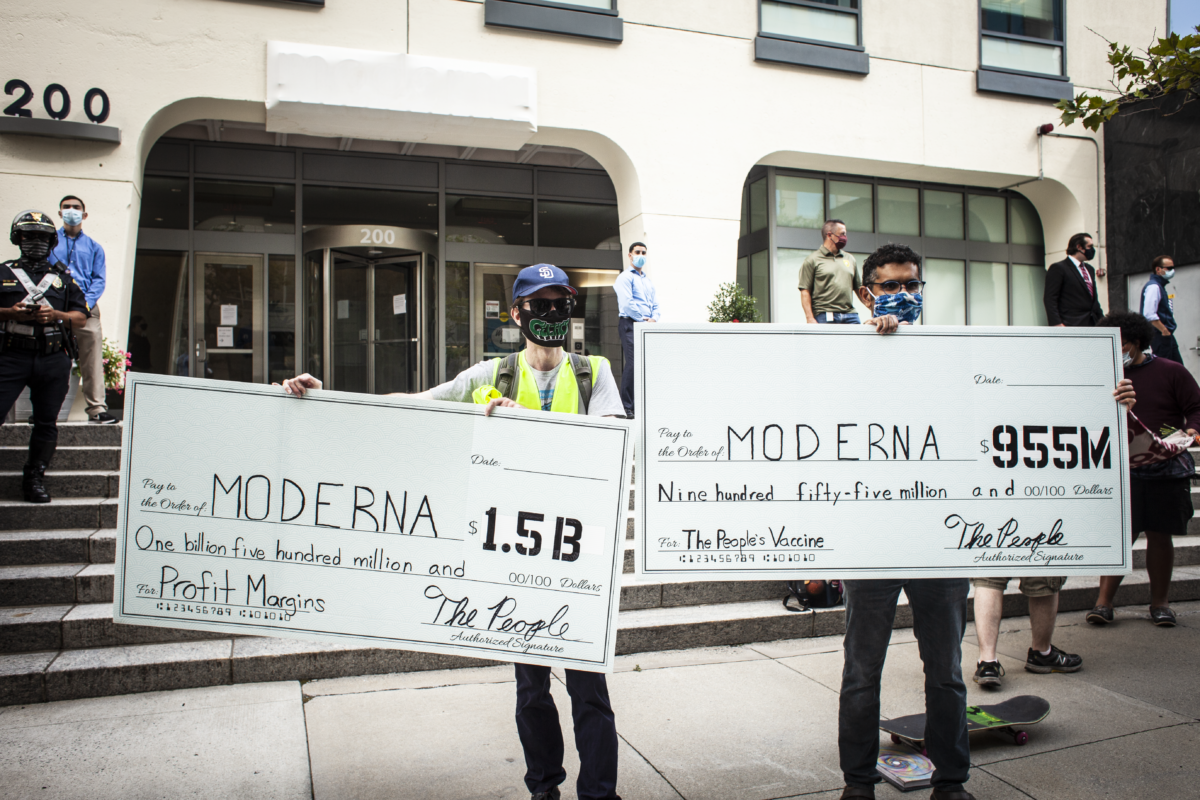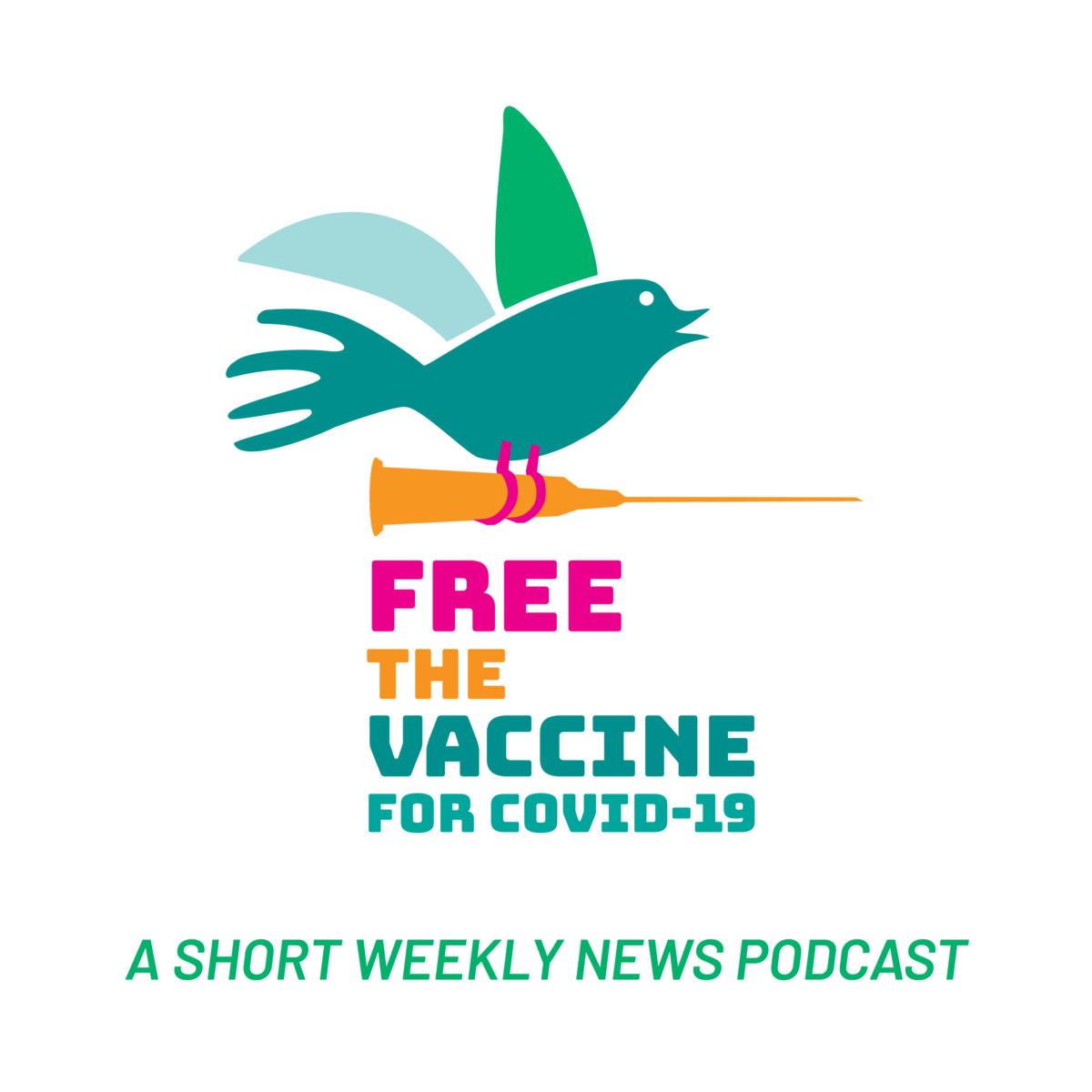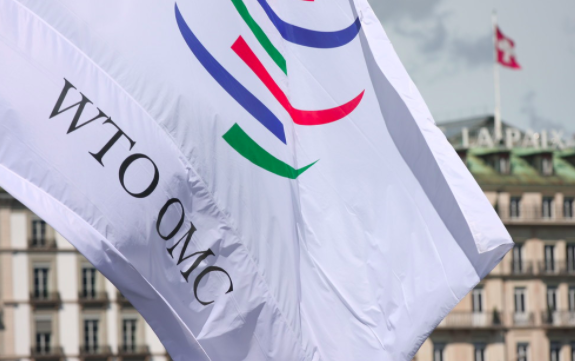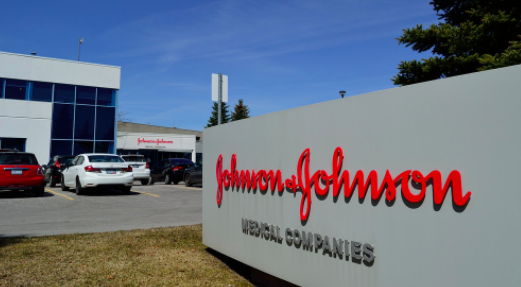Zeph has been a visual artist and also an activist for most of their adult life. They came out of a visual arts background and have worked a lot with grassroots social movements. They spend a lot of time in the streets doing creative, direct action! Read more for wisdom from one of our Season 1 and 2 participants!
What does artistic activism mean to you?
When I think of artistic activism, I think about bringing creative approaches to campaigns— specifically working with social movements that have concrete goals and objectives, and figuring out creative ways to meet those objectives. I also think about ways to bring radical imagining and more artistic methods to build radical imaginations and sustain communities in a way they are able to continue moving forward. They should be able to build the type of world that they want to be in. I think that it can be a larger goal than for a specific campaign; it can be about building those imaginative muscles.
Why did you choose to join the Free the Vaccine for COVID-19 campaign?
I joined because I have been following the work of the Center for Artistic Activism for a while, and I was curious as to how they collaborate their methodologies for working with social justice groups. I wanted to participate in their project and I had less connection to the access to medicines movement. The interesting thing about being in the project is working with students who are really committed to access to medicines. Their set of knowledge and skills and their own understanding of the issue— figuring out how I can bring my creative skillset into the picture to bring those things together feels powerful.
In your eyes, what are some of the most meaningful moments or actions from the campaign so far?
In our first season, the group that I was working with specifically targeted one researcher. We made him a beautiful, customized sleep mask for him as a gift to try to pique his interest. It did not work— one of the lessons we learned was that they put a lot of effort into one individual. For the new efforts in Season 2, we want to reach an individual who is a decision maker at Arizona, but also somebody who has the ability to reach a wider audience. There is a potential to not only move him, but also use the same approach to talk to students, faculty, and staff at ASU who hopefully will have some attachment to the creative tactics they are using.
Ideally, what do you hope for other participants, and yourself, to get out of the campaign?
I hope that students who are new to creative advocacy get excited about this approach and start applying it to all the interesting work that they are passionate about. The more people that are thinking creatively about how they can achieve the goals that they are imagining, the more effective work will be happening. It is exciting to see other people getting excited about these tools. For me, it is good practice to be thinking about ways to come with the creative toolset and really collaborate with people who are well-versed in the issues. It is a chance to sharpen my collaborative toolkit.
See some artwork from Zeph’s website below. Check out their website for more!




